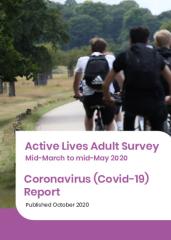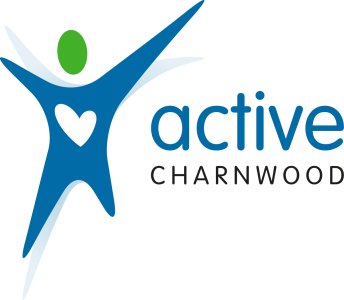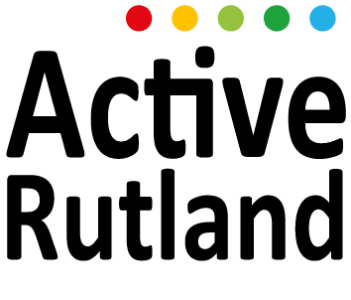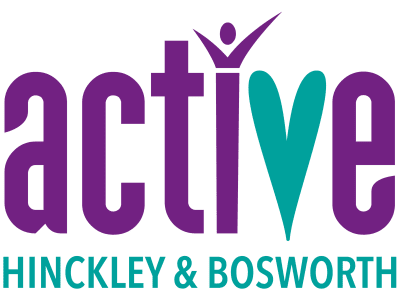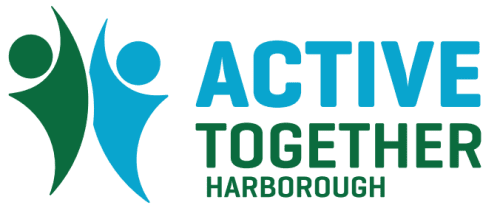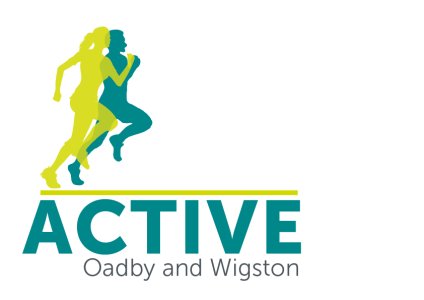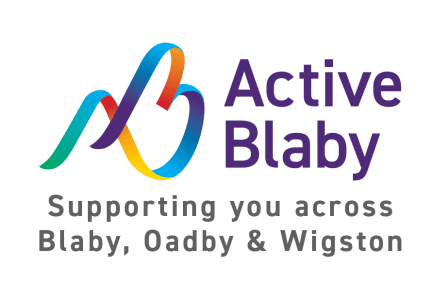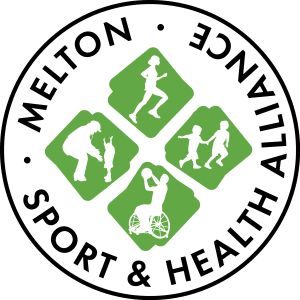Active Lives Adult Survey - Coronavirus Report (Mid-March to Mid-May 2020)
- Date Published
- Oct 2020
- Publisher(s)
- Sport England
- Document Type
- Report
- More Info
- https://www.sportengland.org/know-your-audience/data/active-lives?section=access_the_reports
- Tags
- Covid 19
- Themes
- Health & Wellbeing*, Physical Activity, Social & Community*, Under Represented Groups*
- Sub Themes
- Mental Health, Physical Health, Deprivation, Ethnically Diverse Communities, Disability, Lower socio-economic groups, Females
- Geographic Area
- National
- Lifestages
- Adults, Older Adults
- Sport / Activity
- Cycling, Swimming, Exercise Class, Gym/Health Club, Walking, Mental Health
This is an additional report to supplement the full 12 month Active Lives Adult Survey - May 2019/20 Report. It exams the impact of Covid-19 restrictions on adults' (16+) activity levels during the eight weeks from mid-March to mid-May 2020.
This report should be read in conjunction with the Active Lives Adult Survey - May 2019/20 Report which can be accessed here.
The mid-March to mid-May 2020 national results shows that:
- Despite large numbers of adults switching into alternative activities during this period, the overall number of regularly active adults did fall due to the disruption caused by the pandemic when there were fewer opportunities to be active. The number of active adults fell by 7.1% (just over 3 million), whilst inactivity levels rose by 7.4% (3.4 million adults).
- Disabled people, people aged 70 and over, people with long-term health conditions and people from Black, Asian and other minority ethnic groups were disproportionately impacted.
- People in lower-socio economic groups saw significant drops in activity overall and the gap between higher and lower socio-economic groups widened during these first weeks from mid-March.
- The importance of organised sport and access to facilities for specific groups, and that some groups found it more difficult to adapt to the new regulations than others.
- People turned to home-based fitness, running and cycling in great numbers.
- Walking was the most popular overall activity in the early weeks from mid-March, with more than 21 million adults walking at moderate intensity, while outdoor running was also popular.
- Exercising at home also saw a boom compared to the same two-month period in 2019, as people were encouraged to get active indoors.
- Fitness classes also moved online while people got active at home in other ways, in the garden with their families or through activities like dance. Overall, there was an increase in home exercise of 2.1m and this was largely driven by women.
- More recent Sport England data shows how important sport and activity restarting and leisure facilities reopening in recent weeks has been.
- While the pandemic is still significantly affecting activity habits, there's evidence that the number of people swimming and doing team sports is slowly rising as some start to return to the activities they did before. For example, the number of people swimming in September doubled compared to August, though the numbers of people swimming is down overall still. This is especially important for the 16-34-year-olds, whose activity levels dropped significantly in early lockdown.
Powered bySportSuite


